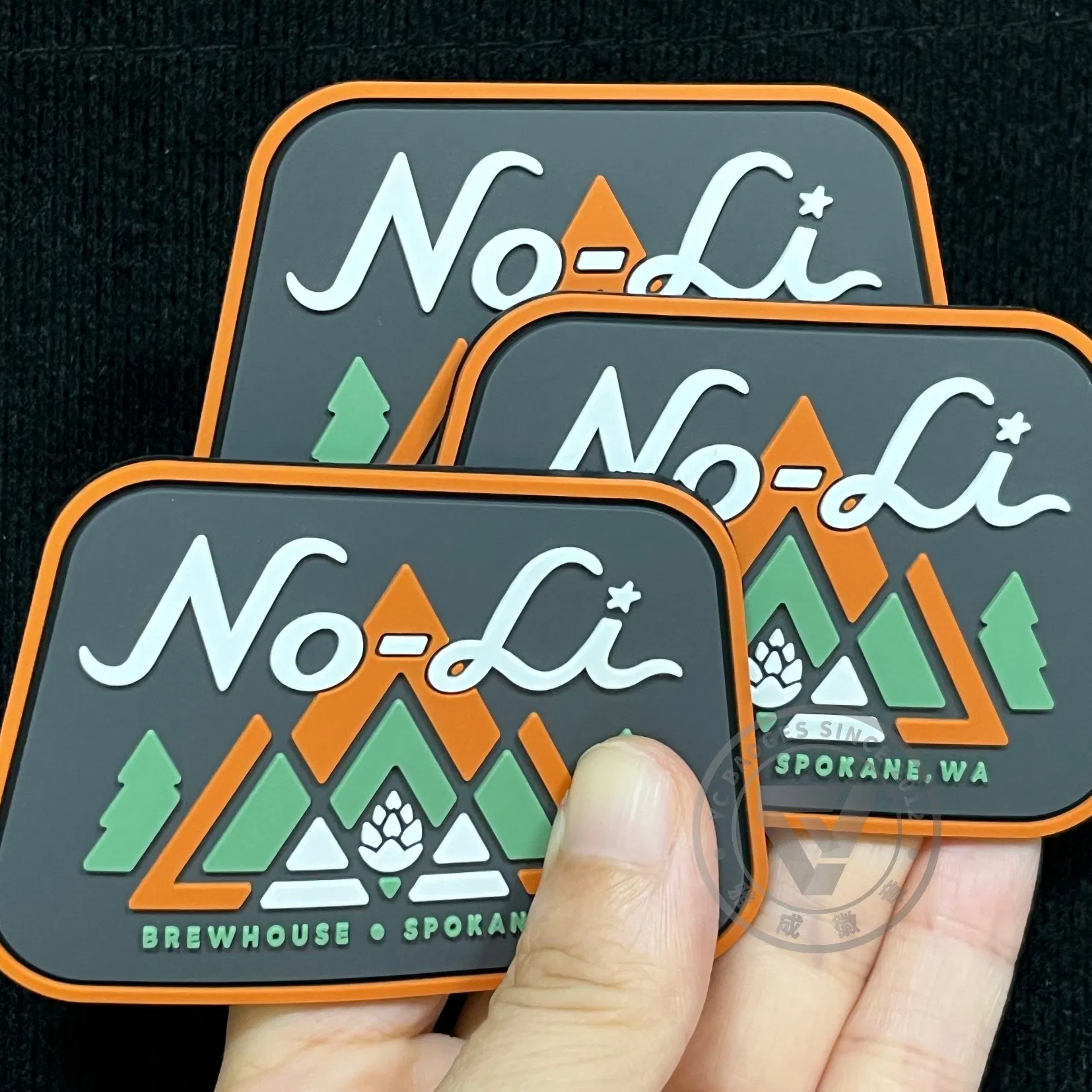For questions or to order by phone, call +86 186 8856 0026 or email us today joneyfang@yc-badges.com
How does the printing quality of PVC labels compare to other materials?
In the world of product labeling, the choice of material significantly impacts the printing quality. PVC labels have their own set of characteristics when it comes to printing, and comparing them to other common label materials can help businesses make informed decisions.
1. Comparison with Paper Labels
Color Vividness and Durability
PVC labels often outshine paper labels in terms of color vividness and durability. PVC can support high – resolution printing with a wide gamut of colors. Digital and offset printing techniques on PVC can produce labels with rich, vibrant hues that are highly resistant to fading. In contrast, paper labels may fade more quickly, especially when exposed to sunlight or moisture. For instance, a food product label on PVC will retain its bright colors over a longer period, attracting consumers’ attention for an extended shelf – life. On the other hand, a paper label on the same product may start to lose its color intensity after a few weeks of display.
Print Resolution and Detail
When it comes to print resolution and detail, PVC labels can achieve excellent results. Modern printing technologies can create sharp, detailed images and text on PVC surfaces. Fine lines and intricate designs are well – reproduced, which is crucial for logos, barcodes, and small text. Paper labels, while they can also have good print quality, may be limited in their ability to hold such fine details. The absorbent nature of paper can sometimes cause ink to bleed slightly, resulting in a less precise print, especially for very small text or detailed graphics.
Resistance to Wear and Tear
PVC labels are more durable in terms of withstanding wear and tear during the printing process and in real – world use. They are less likely to tear or get damaged during handling, which can be a problem with paper labels, especially thin or low – quality ones. In a production environment where labels are being applied to products at high speeds, PVC labels are more reliable. Additionally, once applied, PVC labels can endure rubbing, scratching, and minor impacts better than paper labels, maintaining their printed appearance.
2. Comparison with Fabric Labels
Surface Smoothness for Printing
PVC has a smooth surface, which is highly conducive to high – quality printing. The even texture allows for consistent ink application, resulting in a more professional – looking print. Fabric labels, on the other hand, have a textured surface. While this can give a unique aesthetic, it can also make it more challenging to achieve a perfectly smooth print. Ink may not adhere evenly to the fabric, leading to a slightly mottled or uneven appearance, especially for solid colors or large – scale graphics.
Colorfastness and Long – Term Appearance
In terms of colorfastness, PVC labels generally have an edge. They are less likely to fade or change color over time, even with repeated exposure to environmental factors. Fabric labels, especially those made from natural fibers, may be more prone to color fading, especially when washed or exposed to sunlight. For example, a fabric label on a piece of clothing may start to lose its color after a few washes, while a PVC label on an outdoor product will maintain its color integrity for a much longer period.
Specialized Printing Requirements
Printing on fabric often requires specialized inks and techniques, such as screen printing or digital textile printing. These methods can be more complex and costly compared to the relatively straightforward printing processes for PVC labels. PVC labels can be printed using a variety of common printing methods like digital, offset, or flexographic printing, offering more flexibility and potentially lower costs for many applications.
3. Comparison with Metal Labels
Printing Versatility
PVC labels offer greater printing versatility compared to metal labels. PVC can be printed with a wide range of colors, patterns, and graphics, limited only by the capabilities of the printing technology. Metal labels, on the other hand, often require more specialized printing processes, such as hot stamping or electroplating for adding colors and designs. These processes may be more restricted in terms of the complexity of the design and the color palette available.
Cost – Effective High – Quality Printing
For achieving high – quality printing at a reasonable cost, PVC labels are often a better choice. The printing processes for PVC are well – established and widely available, which helps keep costs down, especially for large – volume production. Metal labels, due to the nature of the material and the specialized printing techniques required, can be more expensive, especially if high – resolution, multi – color printing is desired.
In conclusion, PVC labels offer several advantages in terms of printing quality when compared to other common label materials. Their ability to produce vivid, durable, and detailed prints, combined with their relatively straightforward printing processes and cost – effectiveness, makes them a popular choice for many applications. However, the specific requirements of each product and branding strategy should still be considered when choosing the most suitable label material.
